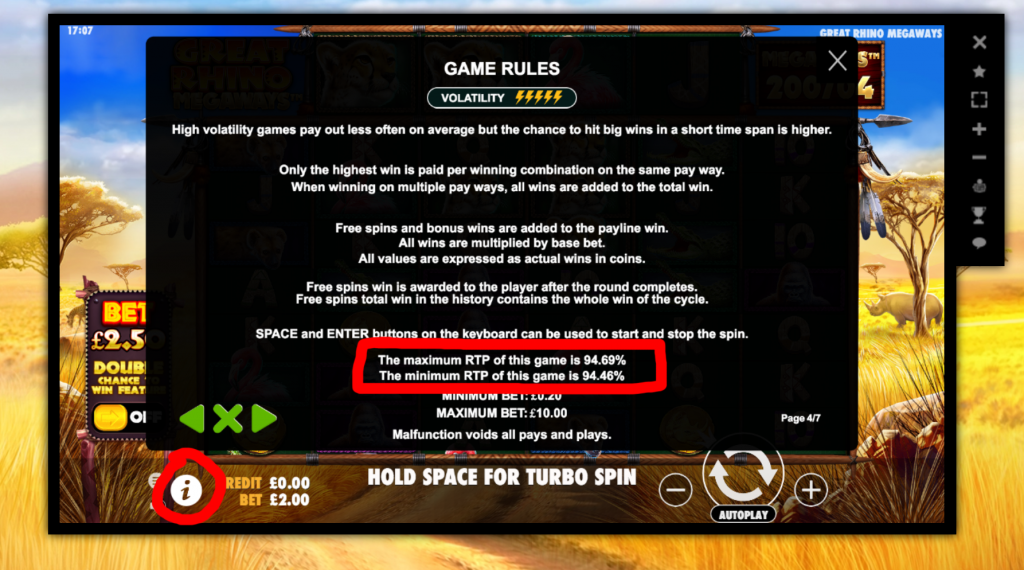
Return to Player (RTP) and Hit Frequency: What Are These Signify?
RETURN to the player
Return to Player (RTP) is the term casinos use for describing the percentage of all the wagered money that a slot machine pays back to players over time. If you place 100 $1 bets on a machine with a RTP of 90 percent, you could expect to win approximately 90 dollars in winnings. Of course, both house advantage and RTP are usually calculated over the longer term. It's possible for almost anything to occur in the short-term (see Short Temporary Volatility and Long Term Predictability), so it is vital to only bet with money that you are willing to risk.
RTP is the other aspect of house advantage, as you might have observed. A machine with 20% advantage over the house will be able to achieve an average RTP of 80 percent. That means the machine will retain roughly 20% of cash and pay the rest to the winners as winnings.
Hit Frequency
Hit frequency is the number of times that a machine will stop once it comes across a winning combination. Hit frequency of 8% implies that the machine will cease when it hits an winning combination around 8% of the times. Also, you should know that VLTs, as well as many slot machines, permit you to place multiple bets during each spin. This means that a gambler is able to win one or two winning combinations and several losing combinations in one spin. To the player, it may seem like he's winning more frequently, but as is the case with all games it is the case that over time, losing combinations will significantly outnumber those that win.
Among slots and VLTs There can be a huge variation in the hit frequency. Winslots.org have a frequency of as low as 3% however other games, for instance video poker with a hit frequency at around 45 percent. While the frequency of hit in video poker may sound appealing, remember that almost 50% of the "hits" are just the return of his initial wager. A machine with the hit frequency of 3% might not sound appealing, but it is likely to offer players a chance to win a very large jackpot. Machines that have large progressive jackpots are less frequent in hitting but have higher jackpots.
Games that have a low hit frequency are often perceived by players as "tight" due to the fact that the wins can be spread out so widely and games with a high hit frequency are sometimes perceived as being "loose" because they have several tiny wins.
Keep in mind that "hit frequency" is the frequency at which a winning combination will appear on an average. "Return to player" is the percentage of money put into a machine that it will return over time.
